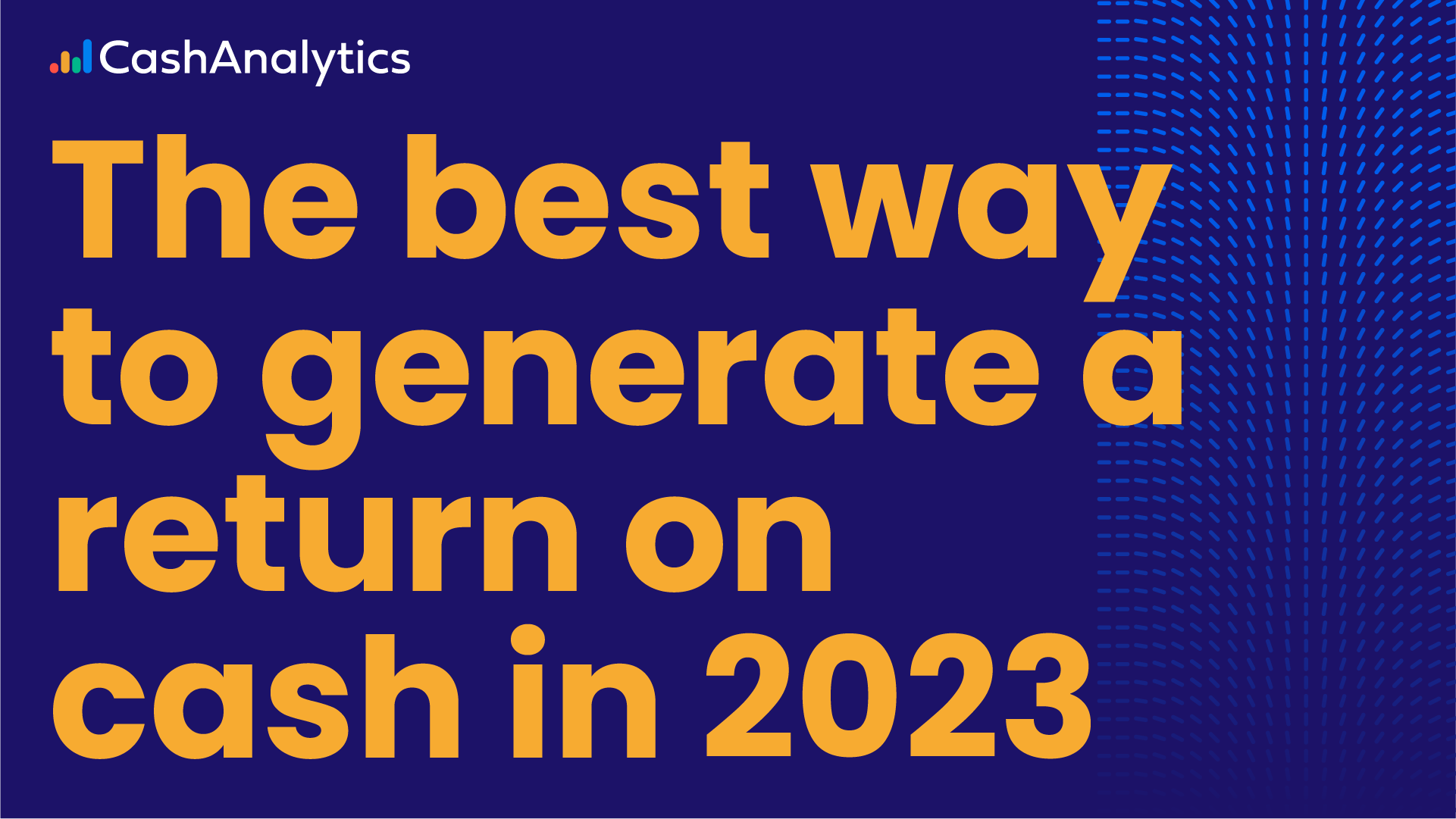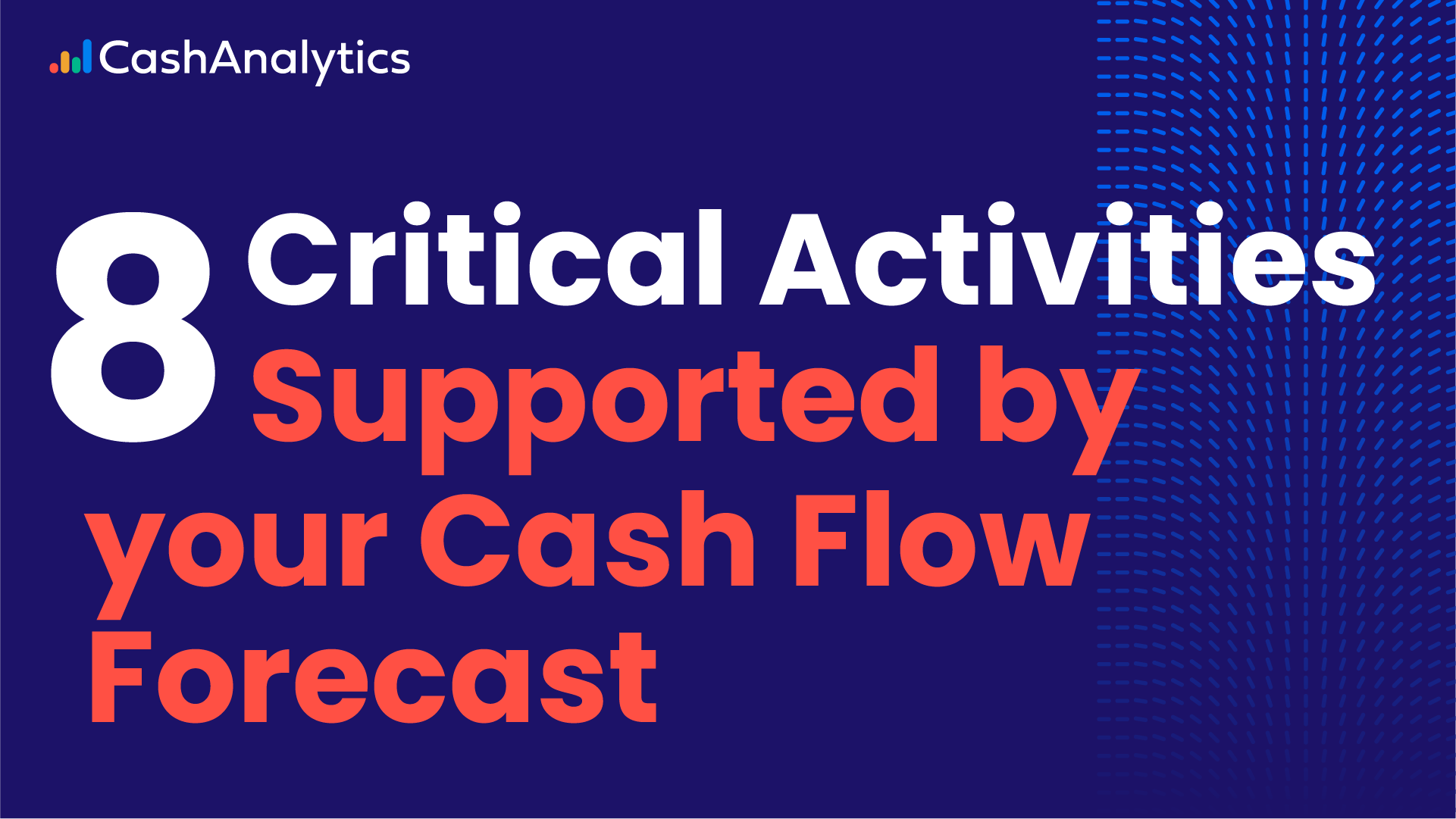There are number of different ways to create cash flow forecast models. In this blog post we take a look at how to go about creating a cash flow forecast for the purposes of direct cash forecasting. A question we are often asked is how do you build or create cash flow forecast models? As a precursor to creating a cash flow forecast the starting point is to decide what the cash forecast will be used for. This may seem like a simple step but defining exactly what the cash forecasts will be used for allows a company to design a process that exactly meets their needs. For example a company seeking to gain visibility over quarter end covenant positions will need a different forecasting process from a company who wants to more closely manage debt repayments on a weekly basis. Here we take a look at the nuts and bolts of how a cash flow forecast is constructed.
Step 1 Source the opening balance
It might sound obvious but the starting point for a cash flow forecast is the opening balance. This is normally taken from the most up to date and accurate reflection of current positions, which is often a bank account or ERP position.
Step 2 Decide what receivables or cash inflows will be be included in the forecast
Anticipated sales receipts often comprise the starting point when building a picture of what the anticipated key cash inflows are, companies may break the sales receipts down by customers or keep a headline sales number. Sales projections can be built from the previous year, previous period, the sales forecast from the sales department or a combination of both. Other types of receivables to consider including are: • Intercompany Funding • Dividend Income • Proceeds of Divestments • Inflows from third parties etc.
Step 3 Decide what payments or cash outflows will be be included in the forecast
As per the examples given for receivables, the exact nature of the cash out flows will depend on the nature of your business. Items to consider capturing are: • Wages or Salaries • Rent • Investments • M&A • Bank Charges • Credit Payments
Step 4 Decide on the sources for the cash flow information
Once the key cash inflows and out flows have been decided, the next step is to understand where this information is to be sourced from. Normally in our experience, the key sources of information for cash flow forecasts distill down to bank accounts for opening balances, other systems and bank accounts for actual cash flows, other systems, historical trends, data modelling and people for forecast cash flows.
Step 5 Decide the forecasting time periods
Once you have decided on the main structure and key components of your forecast, another point to consider is what time period will the forecast cover and how often will the forecast be prepared. In terms of time frames, we generally come across three main types of forecast templates: Daily, Weekly or Monthly. A further sub type of template that we encounter is mixed period forecasts. For example a 12 month forecast could forecast for 8 weeks initially and 10 months thereafter. This approach ensures greater visibility around cash flows where it matters most.



